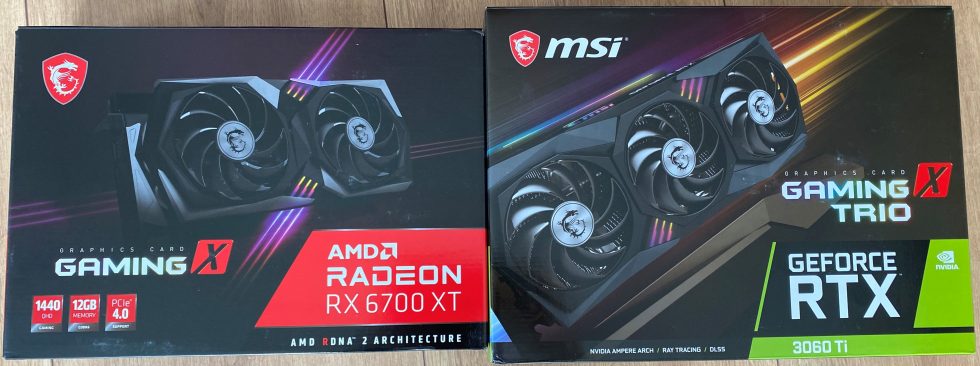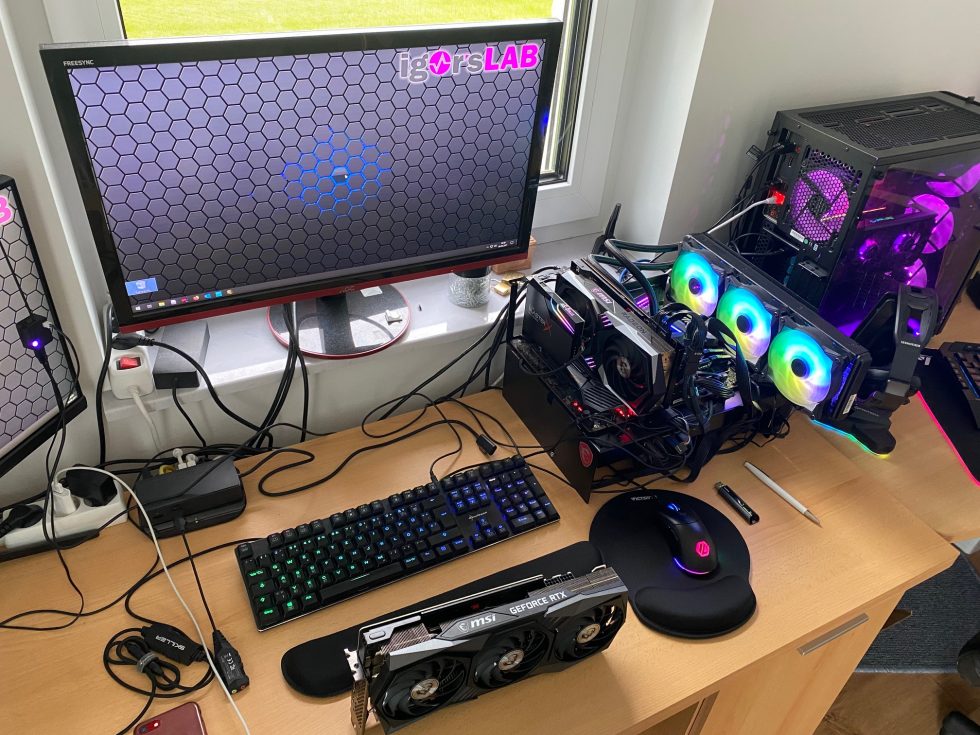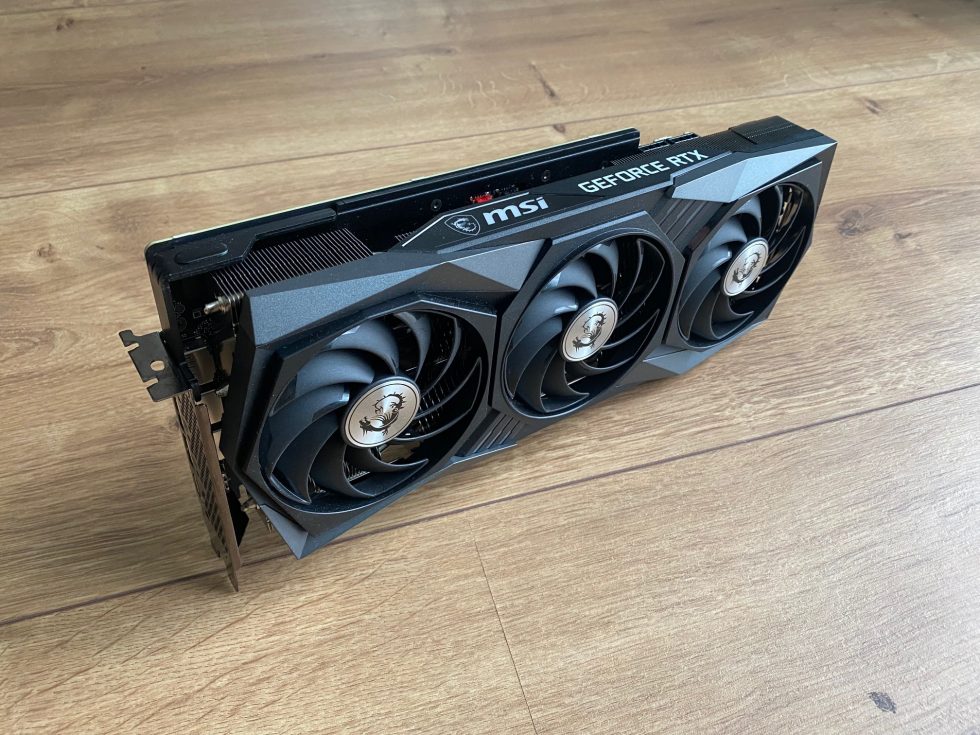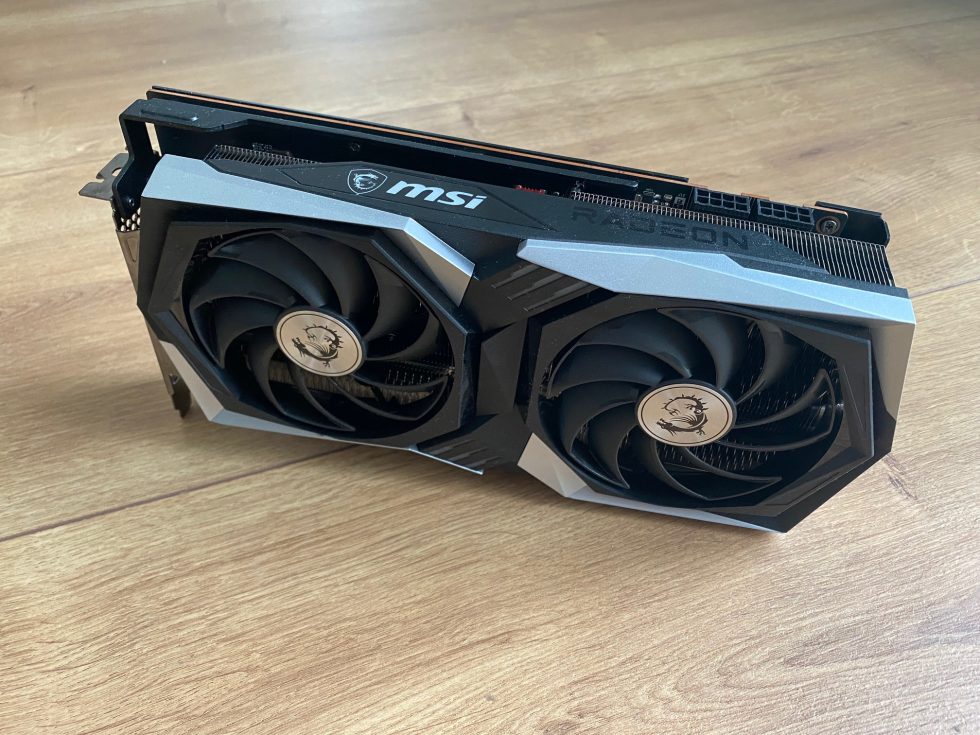What lasts long – usually becomes good. However, I took extra time for today’s test with the question “NVIDIA NULL and Reflex vs. AMD Anti-Lag and Radeon Boost, which works better?”. For some time now I have been writing about the topic of latencies and there have been a few articles from me on this topic. In particular, we already had a look at NVIDIA Reflex & Boost with the MSI RTX 3080 Suprim X (click here) and later on, how NVIDIA Reflex and Boost perform against the “in-game frame limiter” (IGFL) (see here)!
In the process, we came to the rather interesting realization that the principle: the more FPS, the lower the latency does not always apply. You can also have lower latency with “only” 168 FPS than with 236 FPS or even better, almost the same latency as with 325 FPS. Today, however, we’ll look at the big showdown between NVIDIA and AMD that I’ve mentioned several times before. But it should not only be about the pure FPS or the frame times. No, primarily the issue now is system latency when the GPU is running at > 95% capacity. The classic GPU bottleneck! First of all I have to tell you that today’s article will be only the first part about latencies regarding NVIDIA vs. AMD. More articles will follow.
Before I get right into the thick of things, here’s my test system again for everyone:
| CPU | Ryzen 7 2700X (4.2 GHz all core) |
| Mainboard | MSI MAG X570 ACE |
| RAM | 2×8 GB G.Skill RipJaws V 3200 MHz CL16-18-38 (single ranked) |
| SSD 1 | Toshiba Transcend 110S 256 GB (System) |
| SSD 2 | Crucial P2 1000 GB (Games) |
| SSD 3 | Crucial P2 1000 GB (Games) |
| SSD 4 | Samsung 512 GB 840 Pro (Backup) |
| CPU Cooler | MSI MAG Coreliquid 360R |
| Power supply unit | Seasonic Prime Platinum 1300 Watt |
| GPU | MSI RTX 3080 Suprim X |
| Sound | SoundblasterX AE-5 Plus |
| Keyboard | Sharkoon PureWriter RBG (Red Button) @1000 Hz Polling Rate |
| Mouse | Sharkoon Light² 100 @1000 Hz Polling Rate |
| Metrology | NVIDIA LDAT hardware with Logitech G203 Prodigy @1,000 Hz polling rate |
| Monitor 1 | MSI Oculux NXG252R 240 Hz via DP (Nvidia G-SYNC) |
| Monitor 2 | AOC G2778VQ 75 Hz via DP (AMD FreeSync) |
The MSI RTX 3060 Ti Gaming X Trio…
… against due in something equally fast the MSI RX 6700 XT Gaming X
Who’s winning? Well, definitely MSI! For cheerful will all the countenances earn at the beautiful word! No kidding. The two graphics cards are about on par in terms of raw performance. So the comparison makes a lot more sense than pitting my RX 5700 XT against my RTX 3080.
Since we want to take a look at the system latency, which is supposed to be improved with various gimmicks from AMD or NVIDIA in the GPU bottleneck, we won’t do the classic 10 game average FPS slide comparison now. Today, we’re talking about the techniques implemented in DX11 to reduce the backlog in the render pipeline and thus improve system latency. Here we have NULL (NVIDIA Ultra Low Latency) and AMD Anti-Lag on the one hand. Both work on the basis of the respective in-house driver. Here, the driver intervenes to minimize the backlog. Which is an outside intervention on the gameplay. On the other hand there is NVIDIA Reflex & Boost as well as Radeon Boost. But a few words about that later. Now let’s set the base. And it’s on page two, so please turn the page!





































Kommentieren